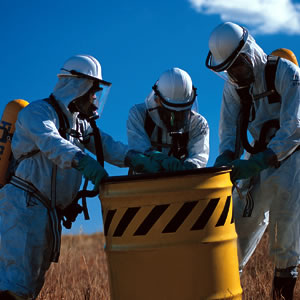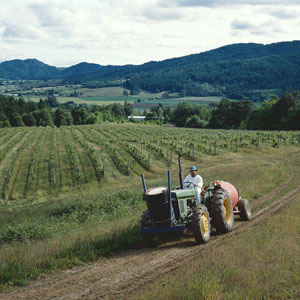Fact Sheet
Haz-Map®



Haz-Map is an occupational toxicology database. It is designed for health & safety professionals and for consumers seeking information about health effects after exposure to chemicals at work. Haz-Map links together in one relational database: chemicals, adverse effects, industrial processes, jobs, hazardous job tasks, occupational diseases, and symptoms. It is made available by the National Library of Medicine's Toxicology and Environmental Health Information Program, a part of NIH and the Department of Health and Human Services.
The main links in Haz-Map are between chemicals and occupational diseases, in which causality has been established based on current scientific evidence. Haz-Map shows diseases linked to each agent and agents linked to each disease. Agents are chemical, e.g., formaldehyde, or biological, e.g., grain dust. Information from textbooks, journal articles, Documentation of the Threshold Limit Values,1 and electronic databases such as NLM's Hazardous Substances Data Bank (HSDB®) is classified, summarized, and regularly updated to create the database. Reference tags document the sources of information. For example, LaDou and Sullivan refer to full references available in the References tab.
As a relational database, Haz-Map is built for queries. Users can query the database to find agents by adverse effects and processes or to find diseases by jobs and symptoms. Users can also browse by categories of agents or diseases. Here you can print the full list of agent categories and disease categories.
Hundreds of new agents are being added to Haz-Map every year. Diseases are added and revised as new information becomes available. The current counts in 2011 are 5885 chemical and biological agents and 225 occupational diseases.
"The large amount of information needed to support decisions concerning occupational exposures and diseases can be distilled, classified, and summarized in a relational database and disseminated by means of the World Wide Web to assist in the prevention of work-related diseases."2
References
-
American Conference of Governmental Industrial Hygienists. 2001. Documentation of the TLVs and BEIs (with 2002-2011 Supplements), 7th edition, Cincinnati: ACGIH Worldwide.
-
Brown JA. An Internet database for the classification and dissemination of information about hazardous chemicals and occupational disease. Am. J. Ind. Med. 2008;51:428-435.